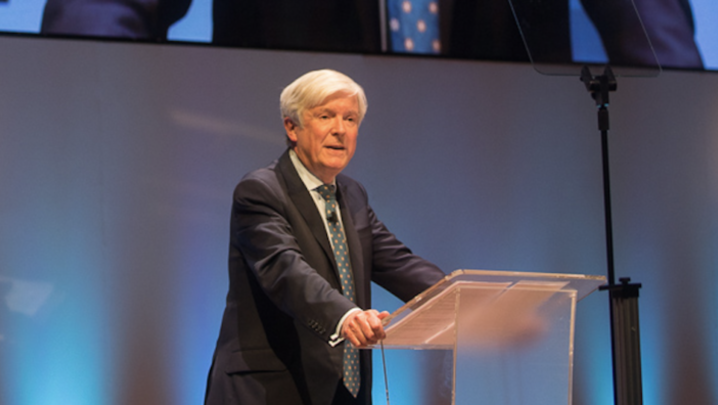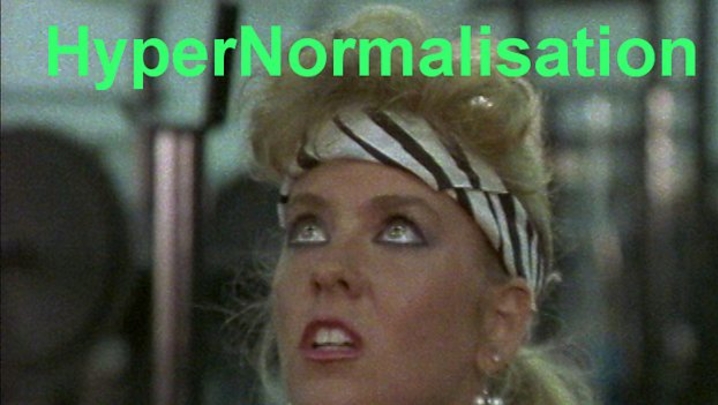BBC iPlayer will stream the highest quality footage the BBC has ever broadcast.
The four minutes of Planet Earth II footage will be available in Ultra HD and Hybrid Log-Gamma (HLG) on compatible connected TVs from today until early next year.
Planet Earth II's footage follows a jaguar emerging from the shadows to stalk prey and the effects of rain dropping on tiny animals and their habitats, including a range of greens and a frog in a shade of red never before seen on a TV.
The experimental footage is an early but important step towards streaming high-quality Ultra HD programmes on BBC iPlayer in the future.
The BBC sees the inclusion of HLG as an integral part of future Ultra HD programming. Where Ultra HD improves image quality by increasing the number of pixels in a TV set, HLG takes this one step further by providing better quality pixels.
HLG, a form of High Dynamic Range, works by enabling images to be shown in extremely high contrast. This provides greater sharpness, extra detail in the shadows and dark areas of the picture, a wider range of colours, and more natural and brighter highlights and mirror-like reflections.
Dan Taylor-Watt, Head of BBC iPlayer, said: “The extra quality HLG brings to Ultra HD needs to be seen to be believed. It’s still early days for the technology but this experiment puts us in the best possible position once audience demand is there. This year we’ve brought live events like the Euros and Olympics to iPlayer, introduced new personalised features and now we’re giving people a glimpse of what the future may hold.”
BBC iPlayer's test will allow the team to identify the various obstacles and challenges to streaming full length programmes and to better understand how the technology affects the existing infrastructure and workflows.
Phil Layton, Head of Broadcast & Connected Systems, BBC Research & Development, said: “Increasing the dynamic range of TV images makes a huge difference to how real the images appear to viewers – it’s closer to looking through a window than watching a standard TV set. Crucially, HLG works with existing TV technology and workflows making it ideal for broadcasters, and audiences, all over the world.”
HLG was developed by BBC R&D and Japanese broadcaster NHK to address the complex needs of TV broadcasters and based on open standards to ensure all audiences can enjoy the best Ultra HD experience in the future.









